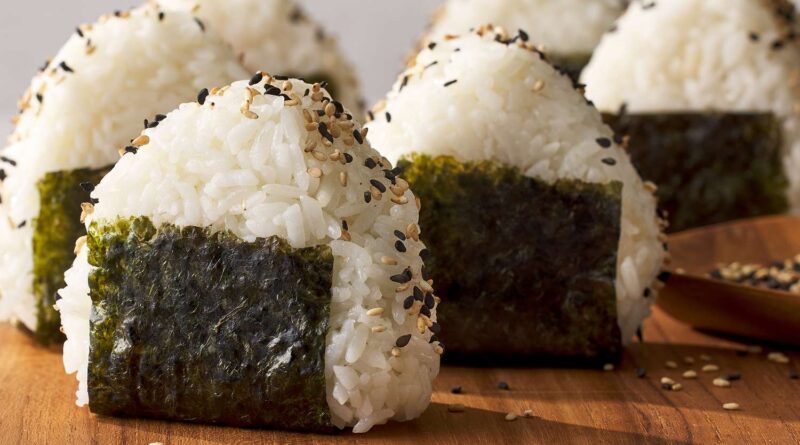FOCUS: Japan PM vows rice policy overhaul as prices soar before key election
By Tomoyuki Tachikawa
Facing escalating public grievances over soaring rice prices and with a crucial national election looming this summer, Prime Minister Shigeru Ishiba is targeting one of Japan’s most sensitive and politically entrenched agricultural policies.
As rice prices have roughly doubled from the previous year, Ishiba has signaled a willingness to overhaul Japan’s decades-old production adjustment system, aiming to counter opposition parties that are pitching a populist policy of cutting the consumption tax.
Reforming Japan’s rice policy has long been a personal priority for Ishiba. With public opinion at his back, he has voiced eagerness to boost rice production, but many challenges remain, including the risk of a price plunge due to oversupply, pundits said.
Although Japan officially ended its “acreage reduction policy” in 2018, production adjustments have effectively continued to protect farmers, with subsidies still offered to encourage them to grow feed rice instead of rice for human consumption.
Since media-friendly Shinjiro Koizumi became farm minister in May, Ishiba has been pursuing a more consumer-focused approach by releasing reserve rice under direct contracts with retailers in a bid to lower prices to around 2,000 yen ($14) per 5 kilograms.
Japan introduced the acreage reduction policy in the early 1970s to address rice overproduction caused by postwar mechanization, which had triggered a plunge in prices. The government sought to maintain prices by adjusting production to match consumption levels.
Authorities also paid farmers to cut back cultivation under the staple food control system to maintain price stability, but the policy was officially abolished in 2018 amid declining domestic rice demand and a shift toward a more market-oriented approach.
Since last year, however, supermarket prices for Japan’s staple food have hit record highs of over 4,000 yen per 5 kilograms, driven by a poor harvest and rising demand for rice-based dishes amid a surge in inbound tourism.
“I want all of us to work together to ensure that producers stay motivated to engage in rice farming in the future and that it can be supplied at an affordable price,” Ishiba said at the first ministerial meeting on stabilizing supply he chaired on Thursday.
When Ishiba served as agriculture minister in 2009, he proposed reviewing the policy, believing that uniformly requiring growers to limit their planting area was hindering the free and independent development of agricultural businesses.
He proposed a “choice system” that would let farmers decide whether to accept acreage reductions, but the plan was blocked by strong opposition from Liberal Democratic Party lawmakers with influence in agriculture.
Recently, Ishiba pledged to boost rice exports to prevent potential overproduction from sharply driving down prices, which could hurt farmers’ income as their numbers decline amid Japan’s aging population and falling birthrate.
Ishiba’s moves come as many opposition parties have urged his government to cut the consumption tax to prop up household spending, which has been sluggish under prolonged inflation, in the run-up to the House of Councillors election this summer.
He has opposed the tax change, expressing concern that it could hamper the government’s efforts to secure sufficient funding for social security and pension programs at a time when Japan’s fiscal health is already the worst among major economies.
A government source said, “Reforming rice policy has long been a core ambition for the prime minister. It could serve as a strong political selling point ahead of the election and a way to address public support for a reduction in the consumption tax.”
Nevertheless, some pundits have urged Ishiba, who leads a minority government in the more powerful House of Representatives, not to use rice policy as a political tool to boost his popularity, citing concerns over potential market turmoil.
The government has vowed to release an “unlimited amount of reserve rice,” but the actual stockpile is “limited,” said Masayuki Ogawa, an assistant professor at Utsunomiya University. “If the release is used as an election campaign tactic, it could generate confusion.”
Kunio Nishikawa, a professor at Ibaraki University, said, “The government has been stepping up its intervention in the rice market,” but added such action is “fundamentally undesirable as it undermines the market’s price-setting function.”
The government effectively maintains a 1-million-ton rice stockpile by purchasing 200,000 tons annually from farmers over five years, but it has released 312,000 tons since March. Japan’s annual domestic rice demand is roughly 6.7 million tons.
This article has been republished from The Kyodo News+.

